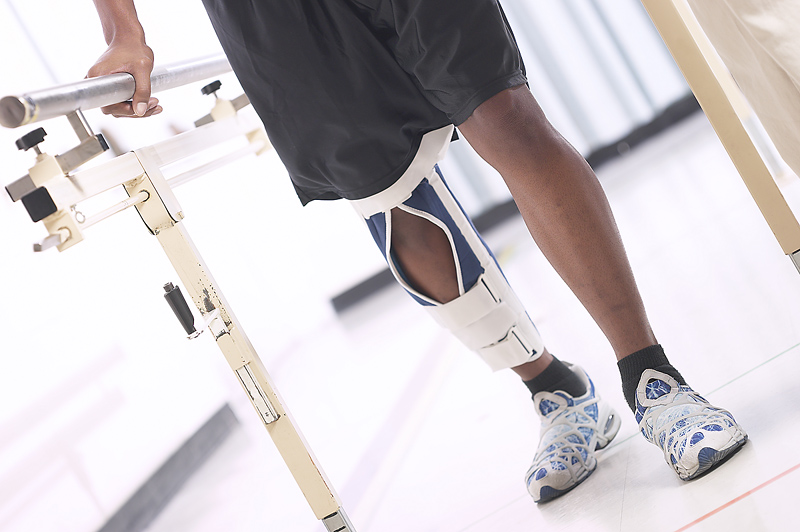
THURSDAY, June 14 (HealthDay News) — Fresh, purified stem cells from fat tissue can grow bone faster and better than current methods, and potentially could eliminate the need for painful bone grafts, the authors of a new study say.
Cells called mesenchymal stem cells — which are capable of developing into bone, cartilage, muscle and other tissues — are abundant in fat tissue and easy to obtain through procedures such as liposuction.
Traditionally, cells taken from fat had to be cultured for weeks to isolate stem cells that could become bone. But this process involved risks of infection and genetic instability. Another method to grow bone is by using fresh, noncultured cell composition called stromal vascular fraction. The problem, however, is that stromal vascular fraction cells taken from fat tissue are highly varied and include cells that can’t turn into bone.
In this study, researchers from the University of California-Los Angeles isolated and purified human perivascular stem cells (hPSCs) taken from fat tissue and found that these cells worked far better than stromal vascular fraction cells in creating bone.
The tests, conducted in animals, also showed that a growth factor called NELL-1 enhanced the formation of bone created by hPSCs.
The study was published online June 11 in the journal Stem Cells Translational Medicine. Although the study showed promising results in animals, results in humans are often different.
“People have shown that culture-derived cells could grow bone, but these are a fresh cell population and we didn’t have to go through the culture process, which can take weeks,” Dr. Chia Soo, vice chairman for research at UCLA Plastic and Reconstructive Surgery, said in a university news release.
“The best bone graft is still your own bone, but that is in limited supply and sometimes not of good quality,” Soo said. “What we show here is a faster and better way to create bone that could have clinical applications.”
If further research confirms the effectiveness and safety of this method, it may be possible to use a patient’s own hPSCs to grow bone in the desired location inside the body, according to the news release.
More information
The North American Spine Society has more about bone grafts and alternative treatments.

